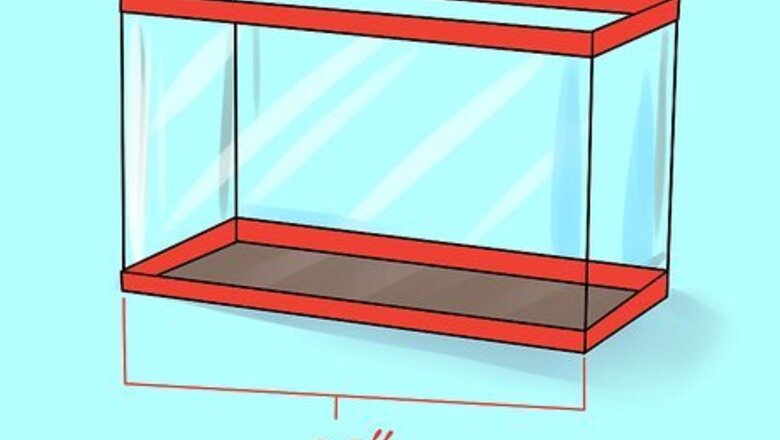
views
Setting up the Habitat
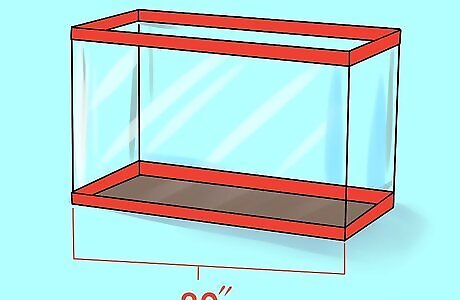
Get the right sized tank for your snake. Corn snake adults can get to be as big as 5 feet (1.4m) long. You may not need a 20 gallon (75.7 L) enclosure for a hatchling, but eventually you will. The enclosure can be either a tank or vivarium. When the snake is small, it is ok to start your pet off in a smaller tank such as a Living World Faunarium or similar product. For a large snake, the vivarium should be around 30–50 inches (76.2–127.0 cm) long but there's no real limit on size, just make sure it's large enough for the snake. Tip: The length of the cage needs to be at least 2/3 of your snake's full length when it's extended. As your snake grows, you'll likely need to upgrade your tank.
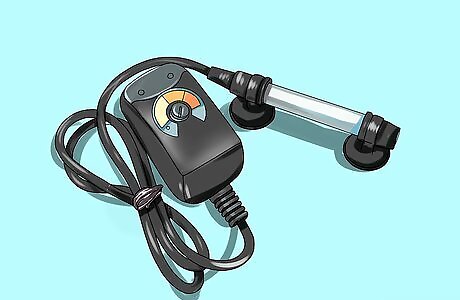
Give your corn snake enough heat. Provide a basking bulb that covers about 1/3 of the tank to provide a proper heat gradient. Position the bulb over one side of the tank to get a gradient temperature. Temperatures should be about 75-85 degrees F, 23-29 degrees C, with the higher temperature on the warm area of the tank at one side. You can also use a heat mat, but it may put your snake at risk of a burn. If you use a heat mat, it must be thermostatically controlled because they reach in excess of 250 degrees F (121 degrees C) which will severely burn the snake. Place the mat under 1/3 of the cage. Hot rocks are never suitable for any pet as they provide a localized source of heat that is too hot. A cold snake may curl around it, seriously burning itself.
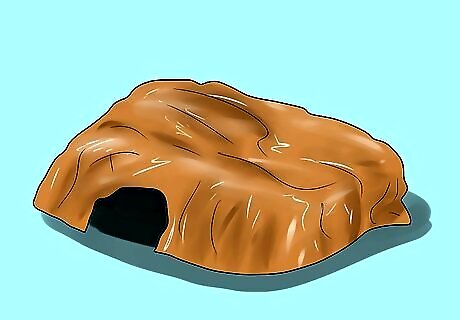
Give your snake some hiding places: You should provide some places for you snake to hide in to feel secure. Put at least 1 hiding spot in the warm area and 1 in the cool area. If you like, it's okay to add additional hiding spots if the habitat is large enough. Hides can be anything from shop-bought ones to Lego pieces. Be creative here but make sure your materials are non-toxic, not edible, and not ingestible.
Provide your snake with a branch for climbing. Your snake will want to explore its habitat, so include at least 1 branch for it to slither up. Look for a sturdy branch, which can be store bought. Securely install the branch in the tank so your snake can safely crawl up and down it. Check for climbing branches at a local pet store or online. If you find a branch in nature, clean it well and make sure it's free of bugs before you put it in your snake's habitat.
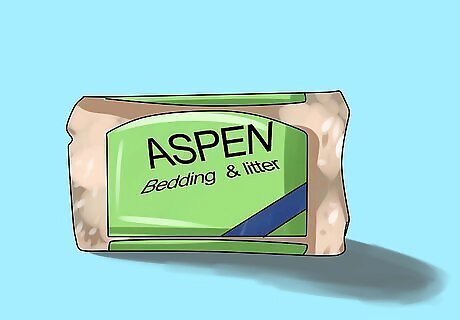
Cover your tank or vivarium with substrate. There are many, many different floor coverings commercially available for corn snakes but your best options are repticarpet, cypress chips, plain paper towels, and newspaper. Newspaper is the best as it is very absorbent and easy to replace. While practical, newspaper is not very aesthetically pleasing. If you want a decorative substrate, use bark or cypress mulch. Do not use cedar shavings in a snake habitat, as it is toxic to reptiles.
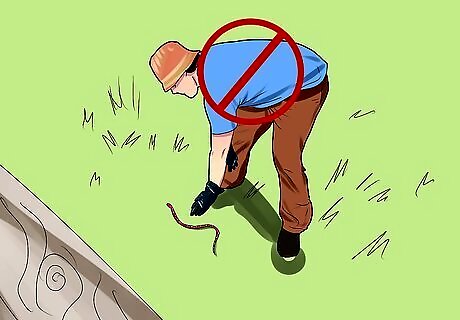
Never catch a wild corn snake. Corn snakes are becoming more and more easy to obtain, but that doesn't mean you should seek them out. Wild ones do not adjust well to captivity and have a low survival rate. Captive bred ones have been in captivity for many generations and have become very domesticated. Find a good breeder, either through a forum or other source. Pet shops are not good as you cannot be sure if the snake comes from a reputable source. Once you have your snake, leave it 5 days before feeding or handling it so it can settle in.
Taking Care of Your Snake Day to Day
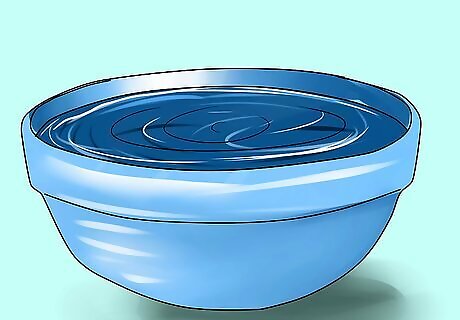
Give your snake enough water. You should provide a bowl of water for your snake, big enough for it to soak if it wishes. Change the water twice a week. The bowl can be on either the cool or warm side. Be aware that a bowl on the warm side will increase the humidity. Tip: To further increase the moisture in the tank, place moist spaghnum moss in the warm area of the tank. Wet and wring out the moss daily to keep it moist. As the moss evaporates, it'll add humidity to the air. Additionally, placing the moss near a rock or wooden branch that your snake can rub against will help with shedding.
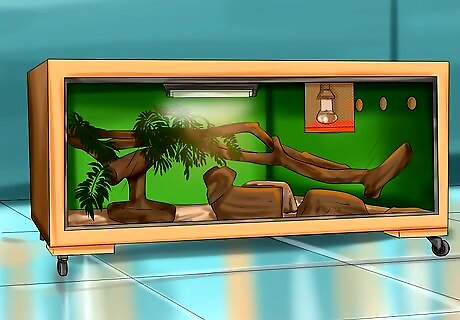
Provide adequate lighting. You should provide the snake with a natural light cycle (12 hours of light and 12 hours of dark). You do not need UV lights or calcium supplements like you do in other reptiles that eat insects. Snakes DO in fact use UV to synthesize vitamin D3 but in captivity they don't need it because they receive vitamin D3 from the mice they eat. They also get calcium too. Vitamin D is in the liver of mice and calcium is in the bones.
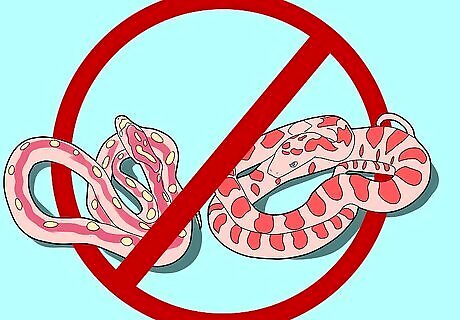
Avoid keeping a pair of corn snakes together if possible. Corn snakes are a solitary species and prefer their own territory. Keeping two snakes together can increase their stress. Corn snakes in captivity (especially hatchlings) have been known on occasion to eat one another, with both snakes involved dying. The main exception is a breeding pair. If you wish to breed, check that your female is 300g, 3 feet (0.9 m) long and 3 years old (333 rule) and consult a good book. Do not cohabit your breeding pair until you know that they and you are ready. Do not house them together permanently. Research breeding thoroughly, breeding can cause complications with the female. Inbreeding is best avoided. It is possible to keep two corn snakes together if you introduce them carefully and provide a large enough vivarium with extra supplies, but remove the newcomer as soon as you notice bullying behavior. Ideally, keep the two snakes in separate vivariums or ask an expert on the best way to keep two corn snakes together.
Get the correct size of frozen mice for your snake. It is best to feed your snake on frozen/thawed mice as they will not injure your snake and it's much more humane. It's safe to store frozen mice in your freezer for up to 6 months. Give your corn snake mice that are no bigger than the widest part of their body. Baby corn snakes are started on pinkie size mice and progress up the sizes of pinkie mice, fuzzy mice, small mice (hoppers), medium mice (weaned), large mice (adult) and extra large (jumbo adult) as they grow. Here is a rough guide of what to feed a snake: Snake: 4-15g — Mouse: Pinkie; Snake: 16-30g — Mouse: Pinkie x2; Snake: 30-50g — Fuzzy; Snake: 51-90g — Mouse: Hopper/Small; Snake: 90-170g — Mouse: weaned/medium; Snake: 170-400g — Mouse: Adult/large; Snake: 400g+ — Mouse: jumbo adult/large.Tip: Be careful when increasing the size of the mouse, as feeding your snake a mouse that is too large can harm it. Your snake might suffer broken ribs or could have trouble digesting its food.
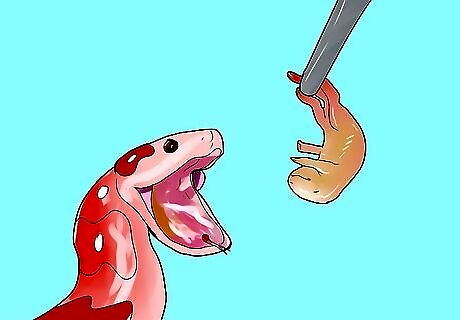
Feed your snake one mouse per week. Adults only need to be fed once every 10-14 days. Feed your snake inside its enclosure. To feed, hold the prey item in the tweezers and wiggle it in front of your snake. It will strike and possibly constrict then swallow its food whole. Cage aggression is a myth and won’t happen with consistent handling. Feeding outside of the tank can cause regurgitation (which is very bad) and stress. You might use a feeding enclosure that you can place inside the tank if you don't want to handle your snake. Do not handle your snake after a feed, as it can regurgitate its meal. Wait 48 hours before holding your snake again!
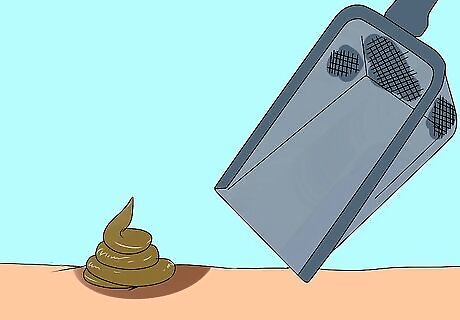
Keep your snake happy in its home. Snake droppings aren’t very big so cage cleaning doesn’t need to happen often. It will need to be cleaned about every 3 or so weeks but scoop out fresh excrement where possible. Feed your snake weekly and give it a change of scene once in a while and it will be happy in its new home. For instance, you might switch out the enclosure items for a change of scenery, add climbing items, put in knobs or pegs, or place items scented like prey animals inside the cage for your snake to investigate.
Handling and Shedding
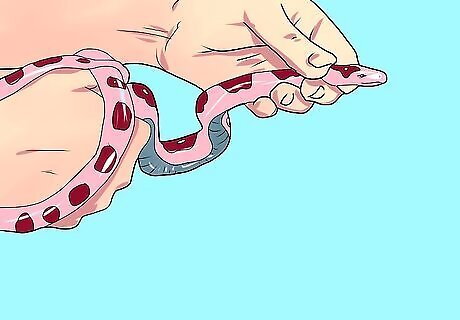
Handle your snake with care. Pick your snake up by the middle of the body and support it with both hands. When holding your snake, hold it away from your face. Pet it in the way the scales go; they don't like it the other way around. Do not handle a snake after it’s eaten for 48 hours. Wash your hands after handling your snake.
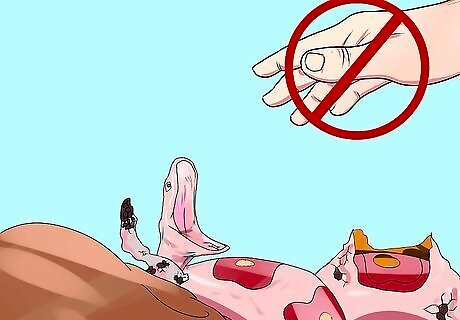
Know when snakes shed. When your snake’s eyes glass over it’s time for it to shed. Your snake should not be handled at this stage; as they may resort to self-defense, wait until after the shed. Corn snakes do not require misting or a humid hide to have a good shed. However, if they get stuck shed or they don’t shed in one piece it’s best to mist and provide a humid hide then. After a few days, your snake's eyes will return to normal and a few days after that the shed will happen. You may want to measure and laminate the shed as a record.














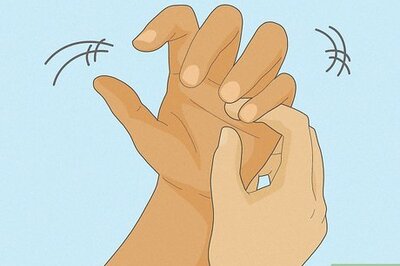


Comments
0 comment